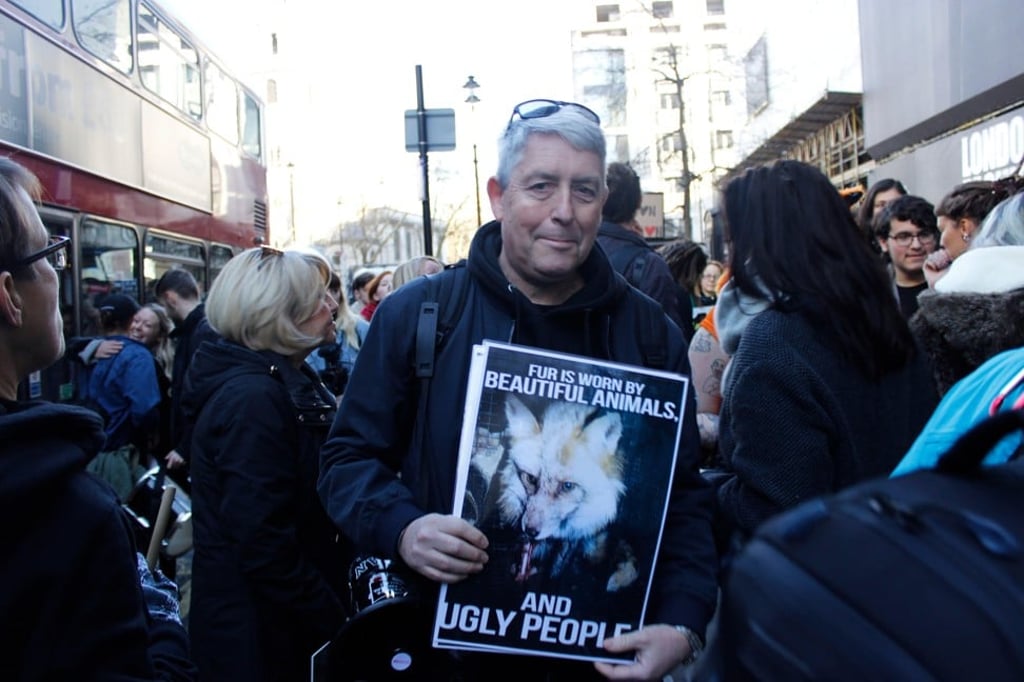Real fur vs fake fur: which is worse, and do we really need either?
As more and more brands ban fur from their shelves, it seems faux fur – made from plastic – is gaining traction. But more plastic is the last thing our planet needs

When California’s fur banmade headlines last month, my first thought was, “Oh no! More fake fur!” Faux fur is made of plastic, and with worrying levels of microplastics found in our water, food and air, the last thing we need is a reason to produce more. But dead furry animals elicit a more emotional response than plastic-strangled oceans. So what constitutes truly ethical fashion?
California will halt the sale and manufacture of new fur products by 2023. Exemptions include leather, cowhide and shearling, as well as fur used for religious reasons, used fur and taxidermy. Dead cows, apparently, are fine. Dead chinchillas? Sheer barbarism! (Some would feel better if the rest of the animal were also used for, say, a nice stew. Others just blanched at the thought.)

My mother wore fur in the 1980s. I never liked the pet-like feel of it (or the extra padding it gives to my already padded, short body). I assumed it was a generational divide and that fur sales would go down. In fact, according to Euromonitor International, sales of fur clothing, accessories and home furnishings reached US$531 million in the United States alone last year, a 17-year high. And Americans are not even the biggest buyers in the world. Global sales reached US$30 billion in 2017, with the big spenders in China, Russia and Europe.
